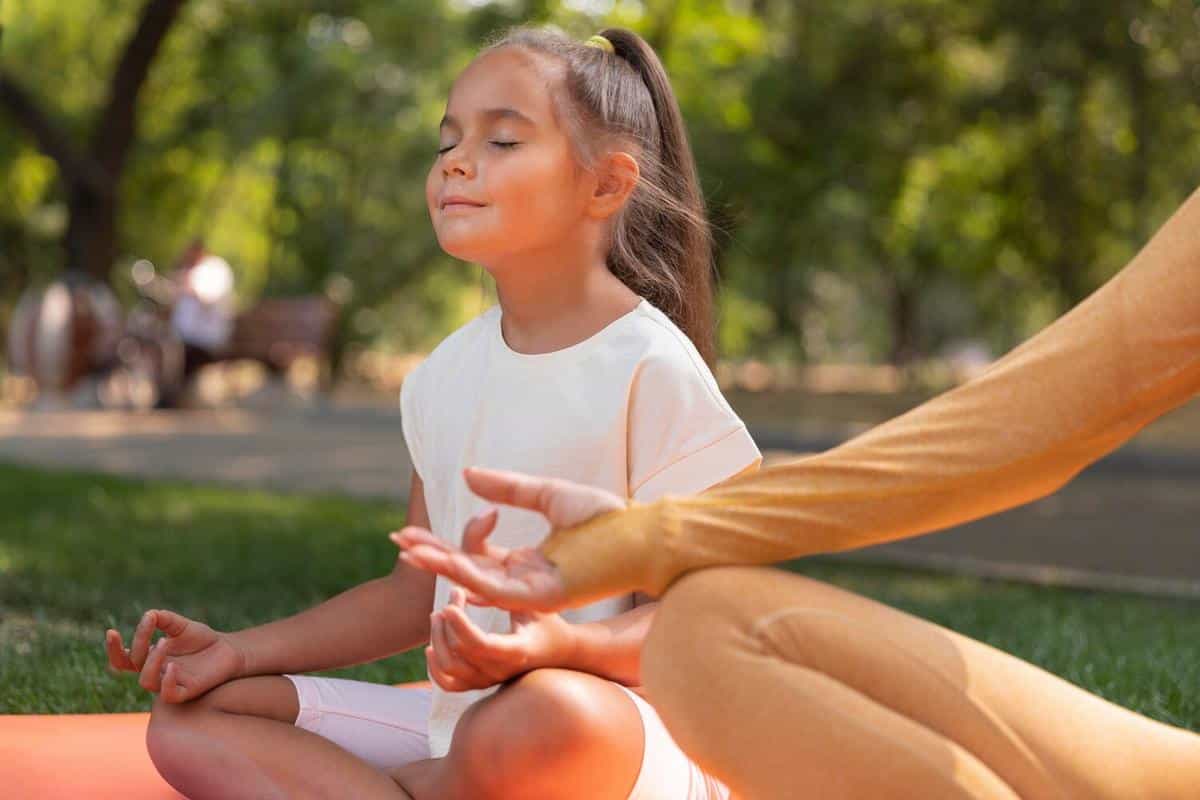
Mindfulness for Children: Nurturing Calmness from a Young Age
Mindfulness has been gaining traction as a beneficial practice for adults, but its potential for nurturing calmness in children is just as significant. Understanding how to incorporate mindfulness into a young person’s life can set the stage for lifelong emotional resilience and well-being.
Incorporating mindfulness into children’s routines can help them manage stress, focus better, and develop a sense of inner peace. According to a study published in the Journal of Applied School Psychology, children who engaged in mindfulness practices showed improved attention, behavior, and emotional regulation.
Why Mindfulness for Children?
Children today face numerous pressures, from academic expectations to social challenges. Mindfulness offers them tools to navigate these pressures with composure. Dr. Daniel Siegel, a renowned clinical professor of psychiatry, suggests that mindfulness helps children by enhancing their ‘window of tolerance,’ allowing them to better handle emotional upheavals.
Research-Backed Benefits
Research indicates that mindfulness can lower anxiety and depression symptoms in children. A study in Developmental Psychology found that mindfulness training improved children’s ability to regulate their emotions and reduced stress levels.
Practical Examples and Tips
Consider the story of Emma, an eight-year-old who struggled with anxiety. Through simple breathing exercises and mindful coloring, Emma learned to calm her mind. Here are some actionable tips to introduce mindfulness to children:
- Start with short sessions: Begin with 5-minute mindfulness exercises and gradually increase the duration.
- Incorporate breathing exercises: Teach children to focus on their breath, noticing the inhale and exhale.
- Use guided meditations: Many apps offer child-friendly guided meditations to make the practice engaging.
- Encourage mindful activities: Activities like yoga or mindful walking can be both fun and calming.
Creating a Mindful Environment
Parents and educators can foster mindfulness by creating an environment that encourages reflection and calm. Setting up a quiet corner with cushions, books, and calming music can provide a dedicated space for mindfulness practice.
Comparison Table: Mindfulness Activities for Different Age Groups
| Age Group | Activity | Duration | Tools Needed |
|---|---|---|---|
| Preschool | Mindful Breathing | 2-3 minutes | None |
| Early Elementary | Guided Imagery | 5-10 minutes | Audio recordings |
| Late Elementary | Mindful Journaling | 10-15 minutes | Notebook, pen |
| Middle School | Yoga | 15-20 minutes | Yoga mat |
| High School | Meditation | 20-30 minutes | Quiet space |
| All Ages | Mindful Listening | 5-15 minutes | None |
| All Ages | Mindful Coloring | 10-20 minutes | Coloring books, pencils |
| All Ages | Nature Walk | 30-60 minutes | Outdoor space |
FAQs
How early can children start practicing mindfulness?
Children as young as preschool age can begin with simple mindfulness activities like breathing exercises and mindful listening.
What if my child isn’t interested in mindfulness?
It’s important to keep the activities light and fun, and introduce mindfulness in a way that aligns with their interests, such as through games or stories.
Can mindfulness help with my child’s academic performance?
Yes, mindfulness can improve focus and attention, which are crucial for academic success.
Conclusion
Mindfulness offers a gentle yet powerful way to help children cultivate calmness and resilience. By integrating mindfulness practices into their daily lives, children can learn to navigate the complexities of their emotions and environment more effectively. Encourage your child to explore mindfulness and watch as they develop into more peaceful and focused individuals.


